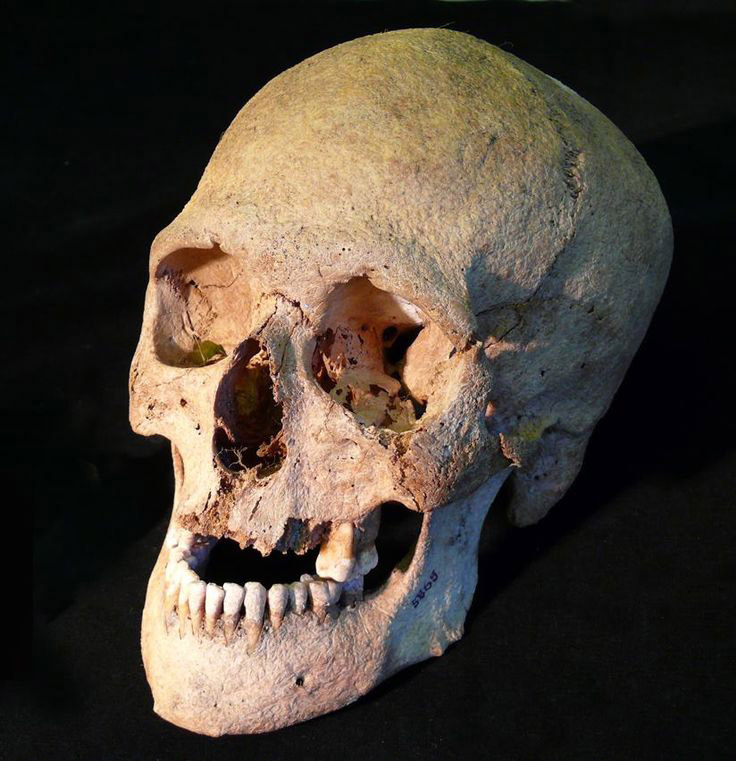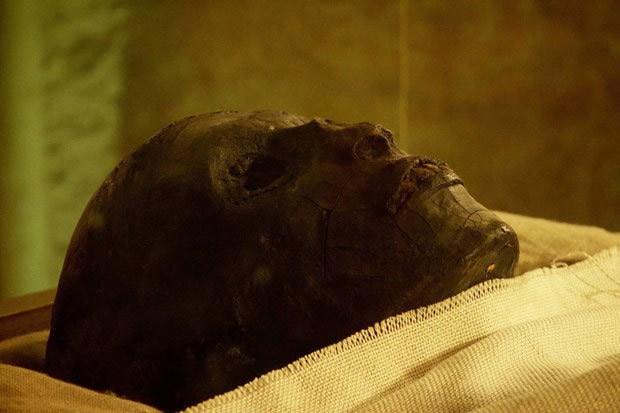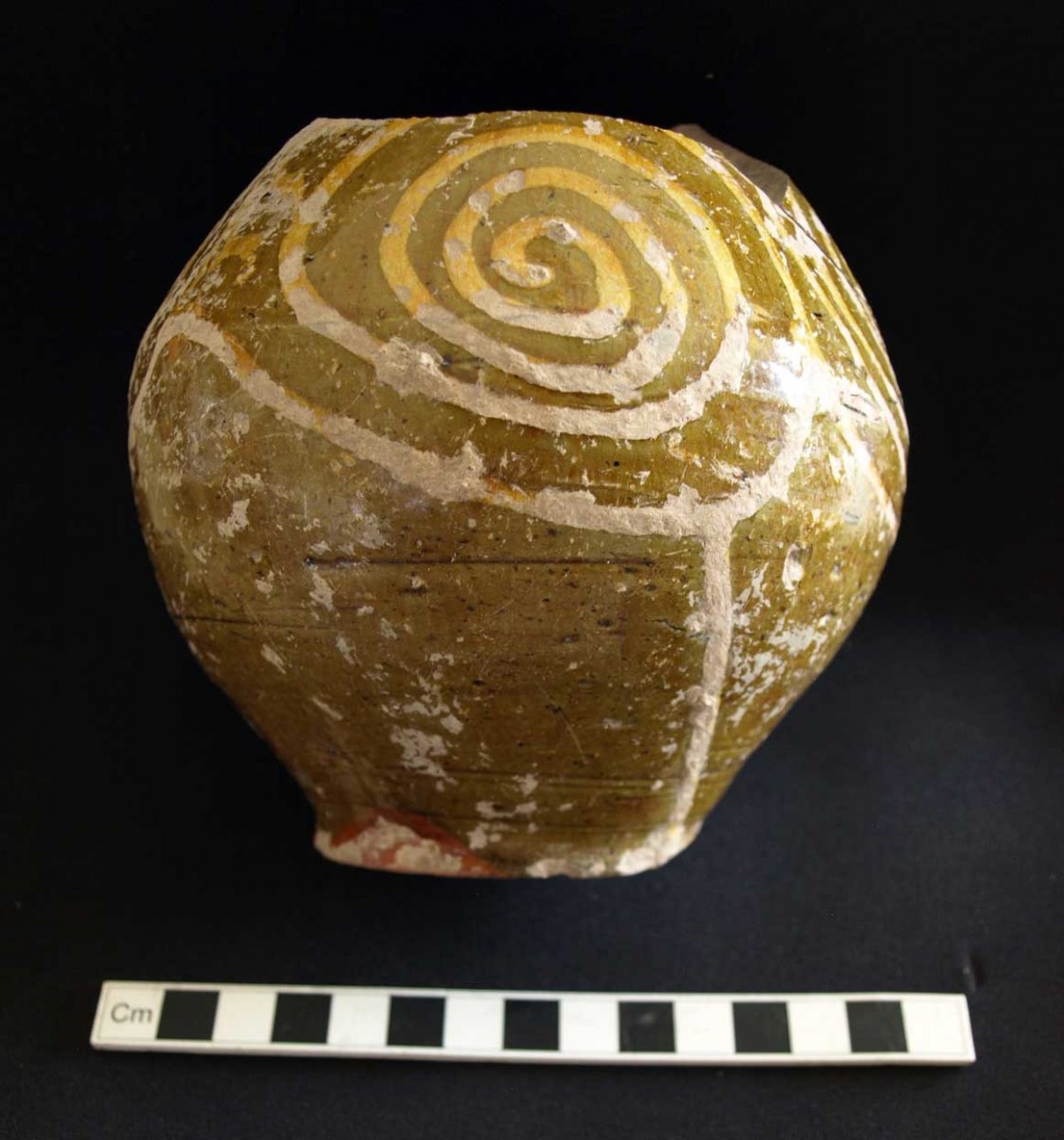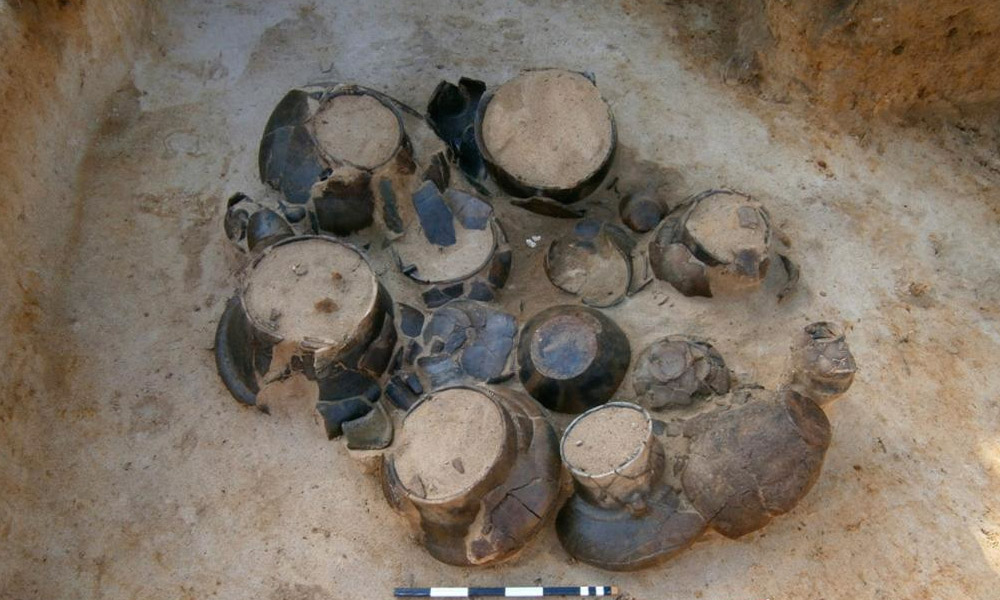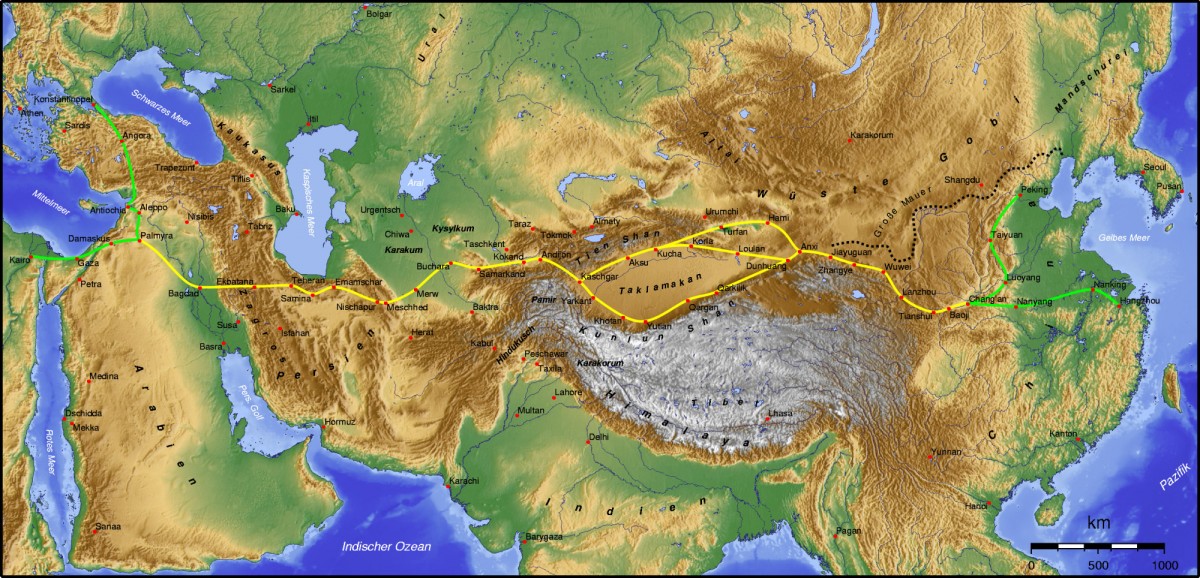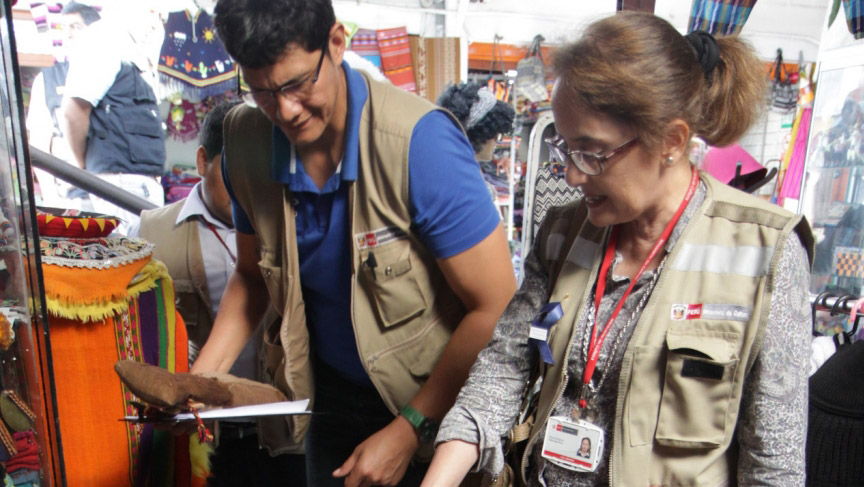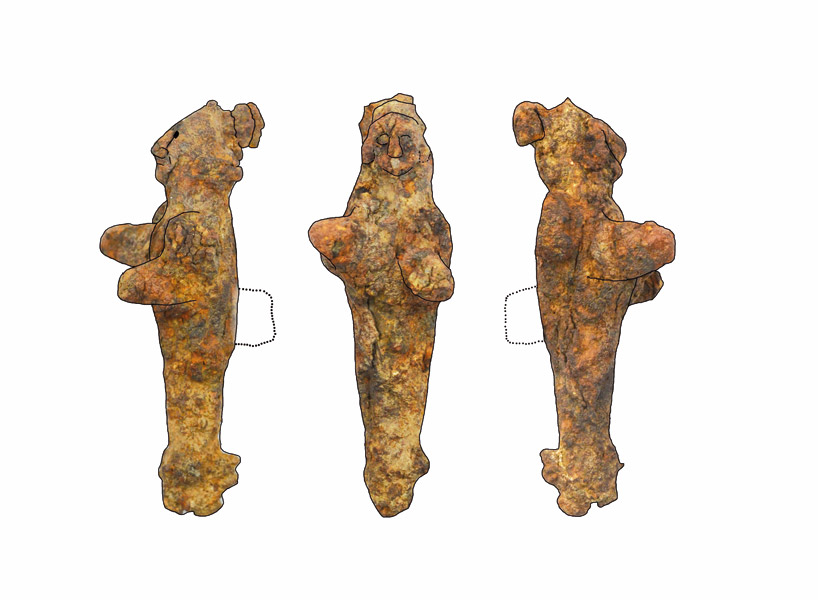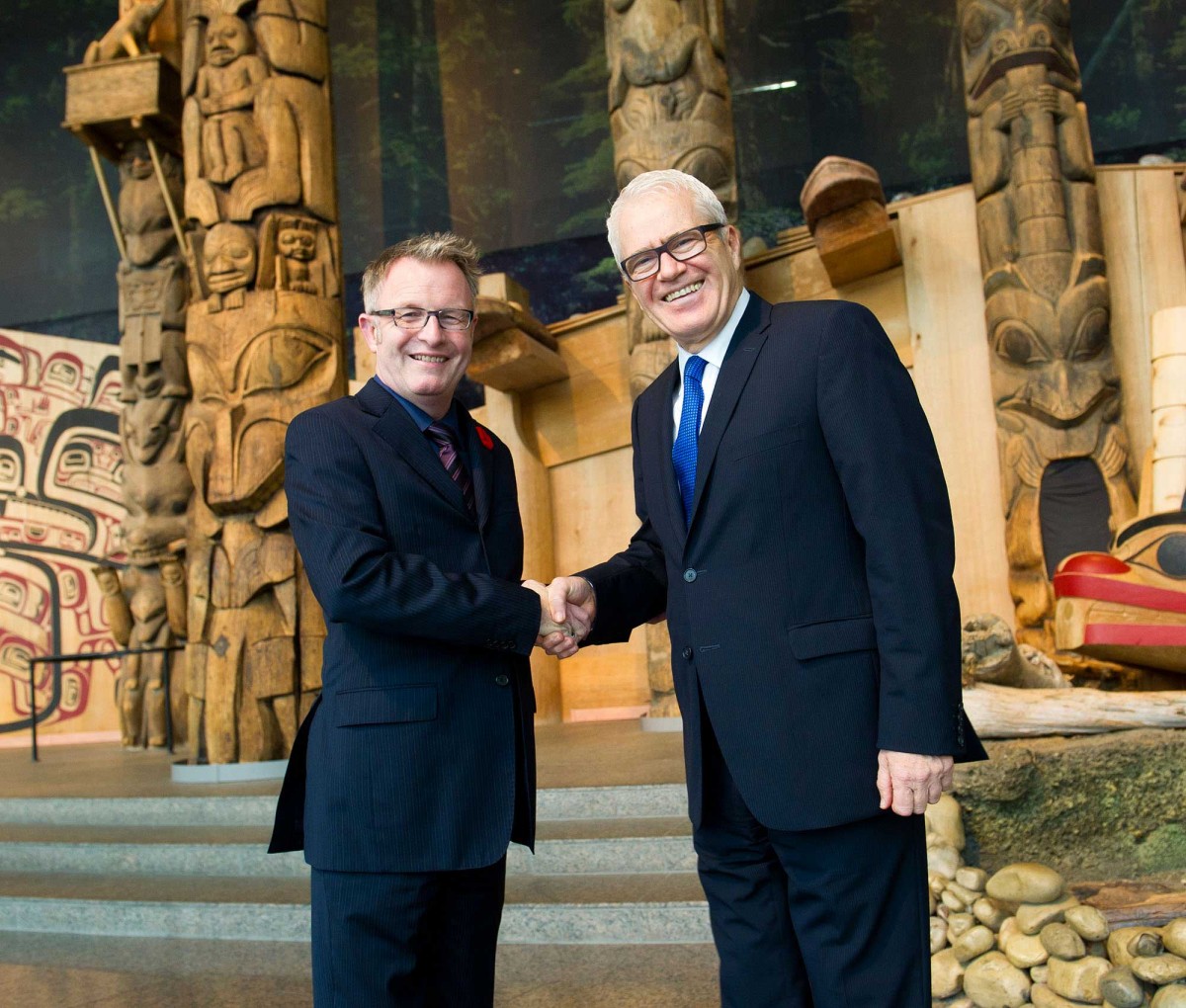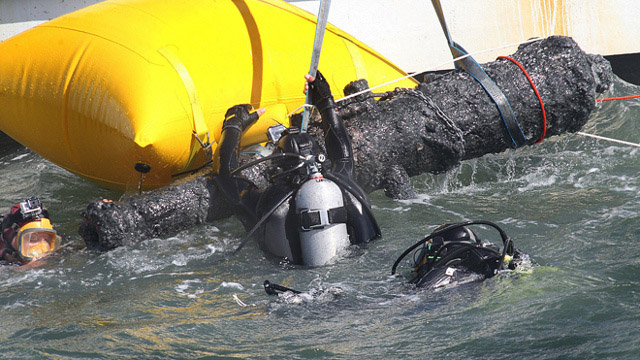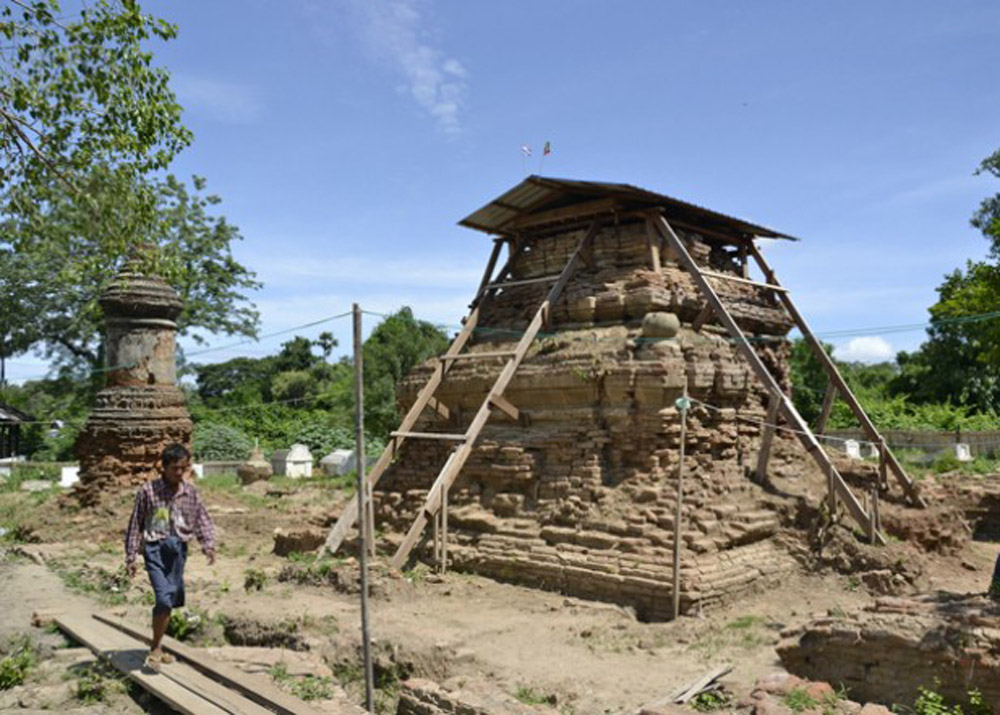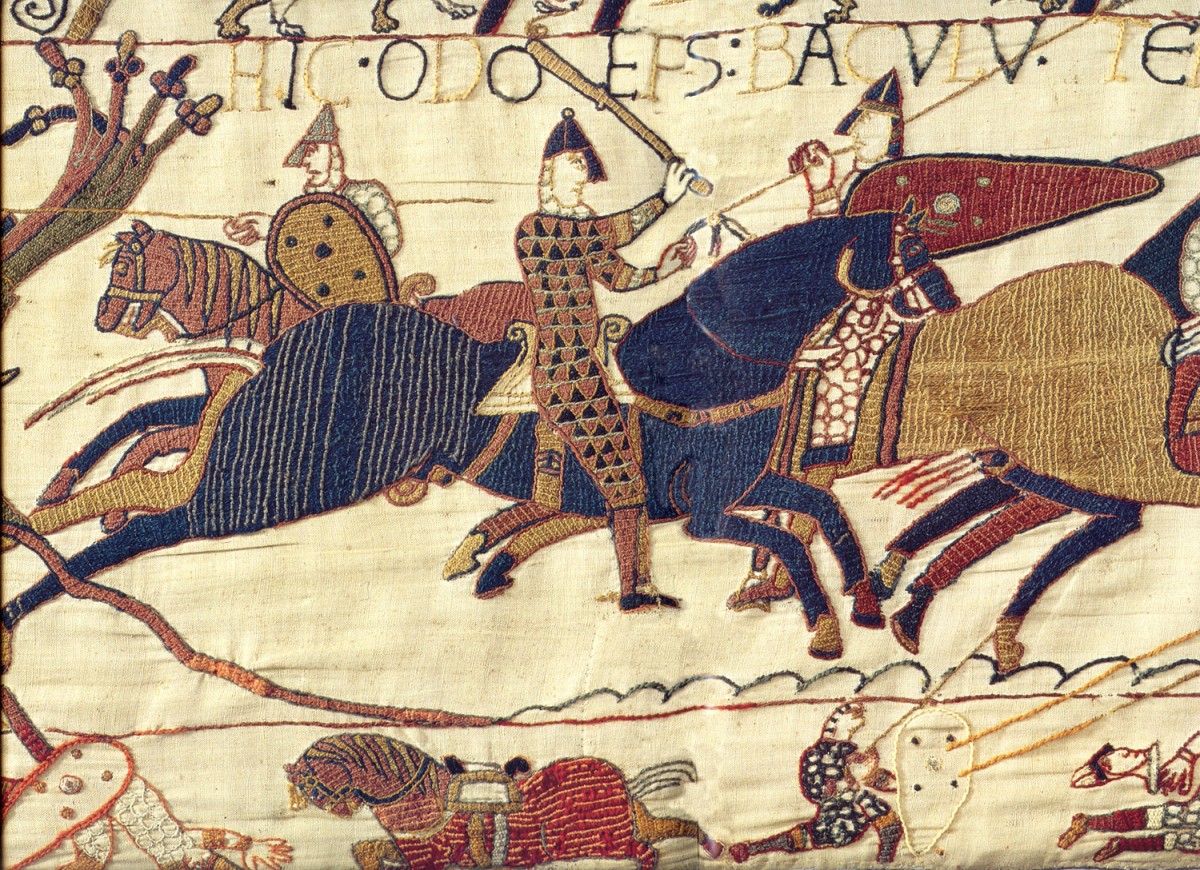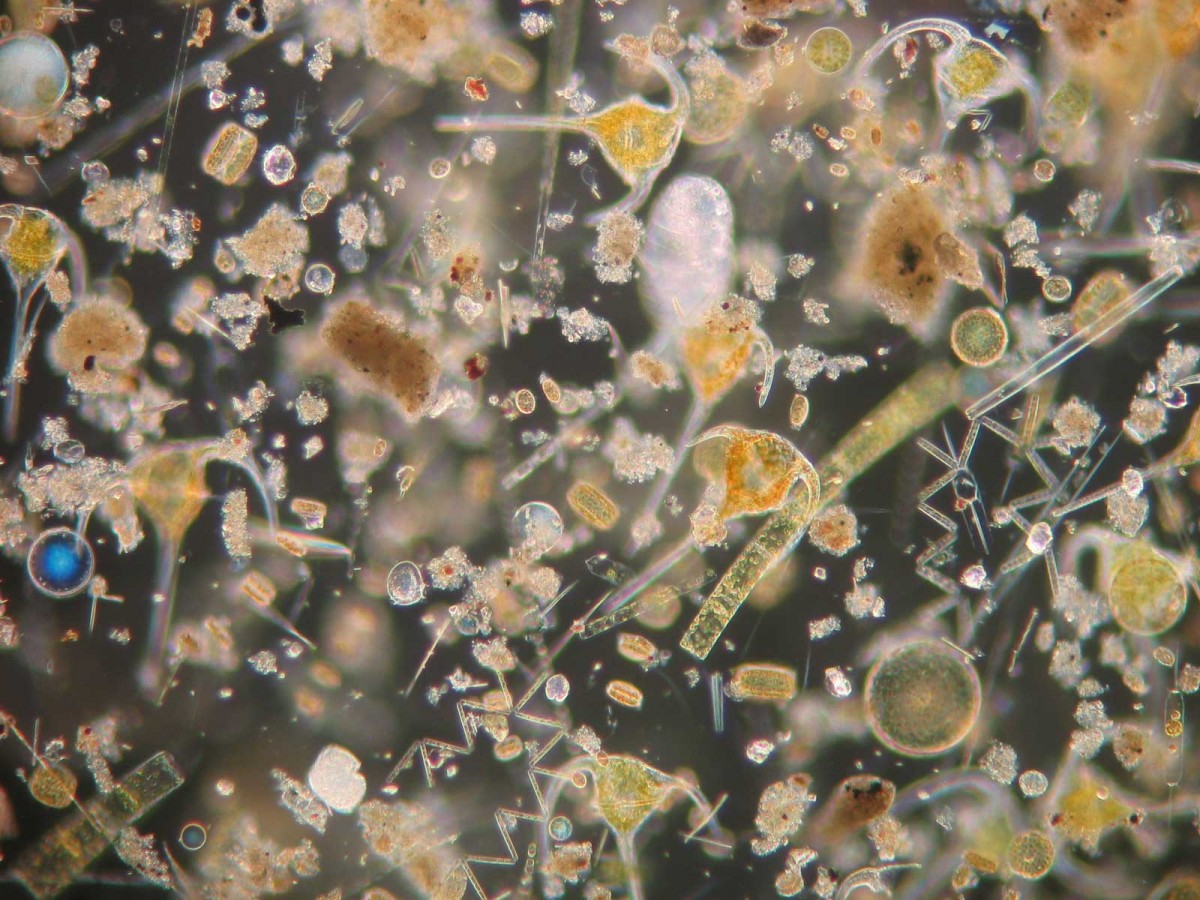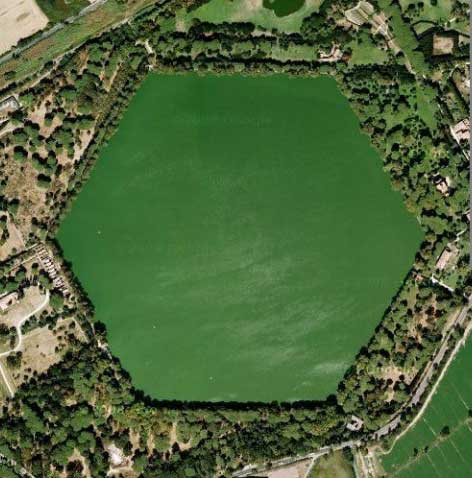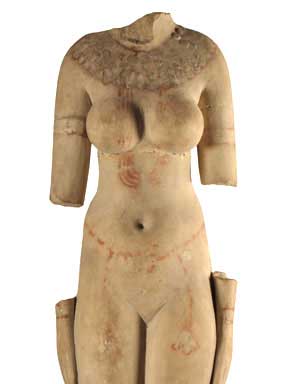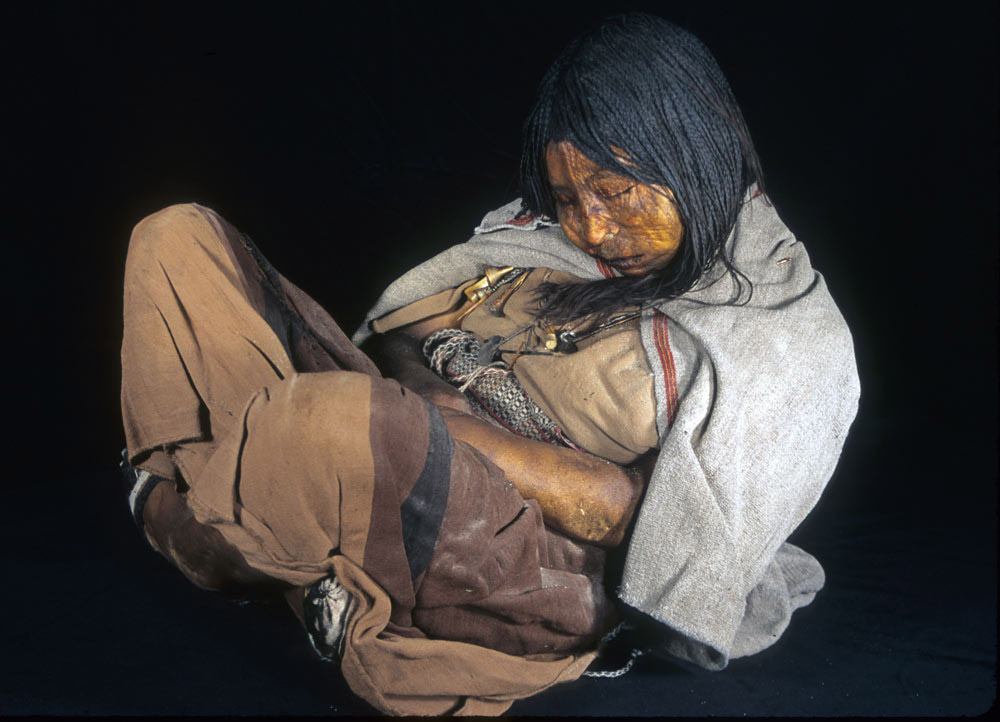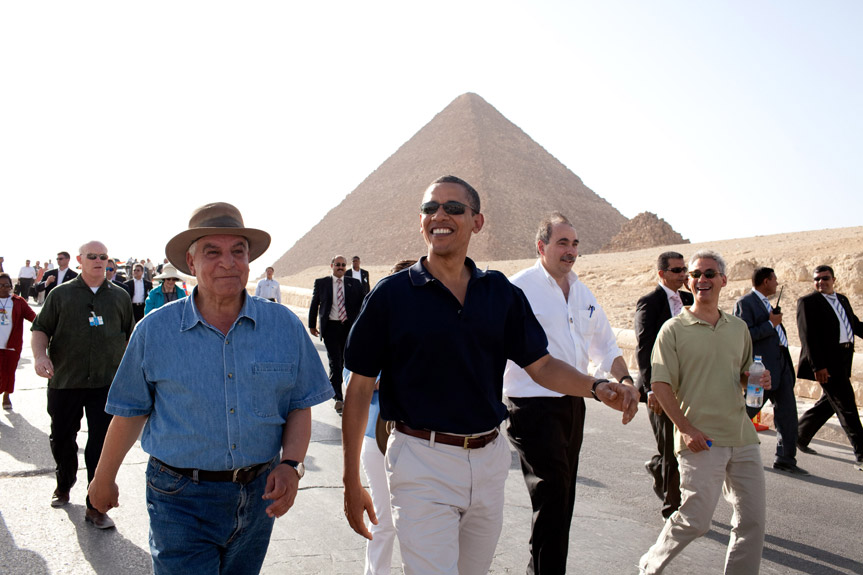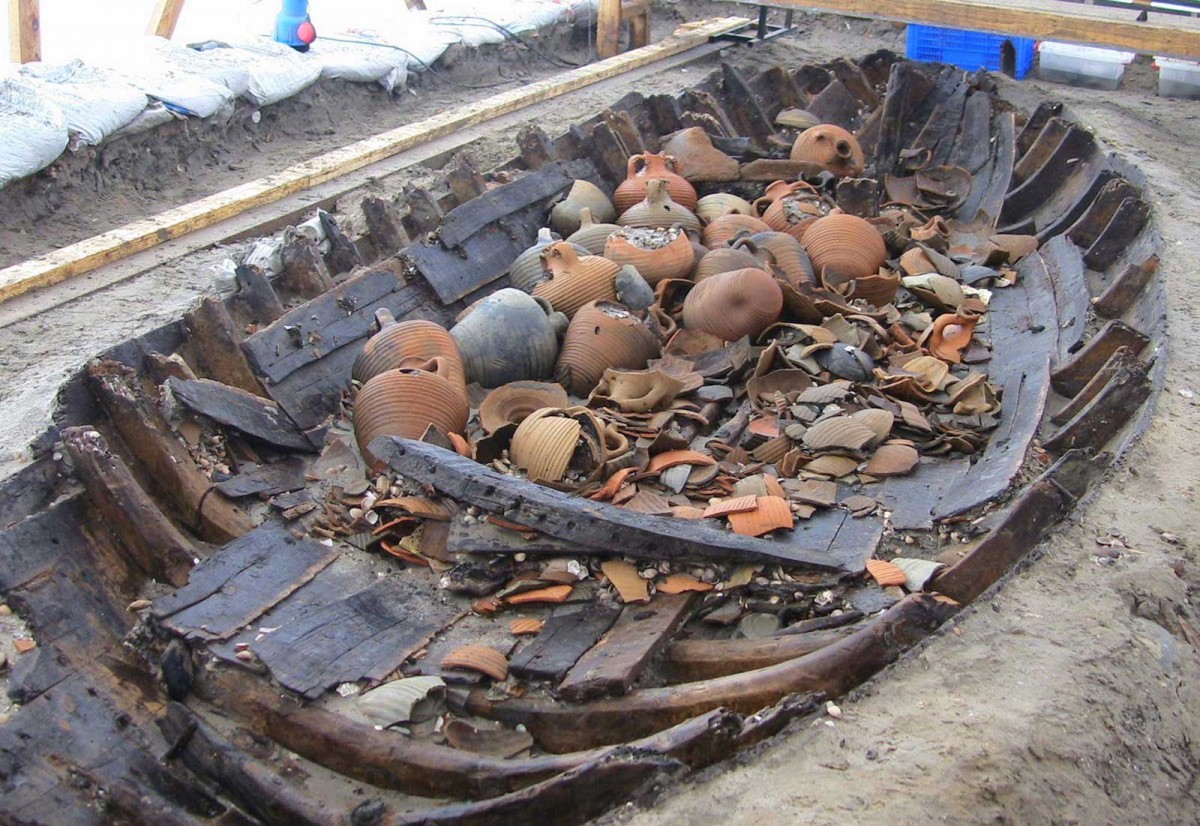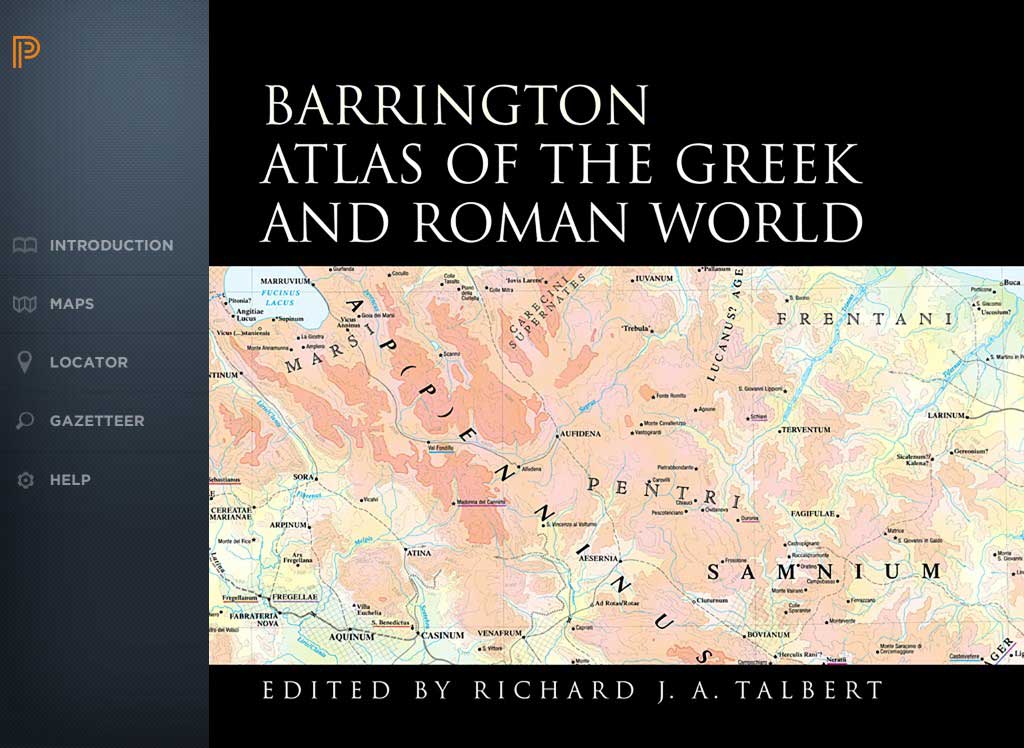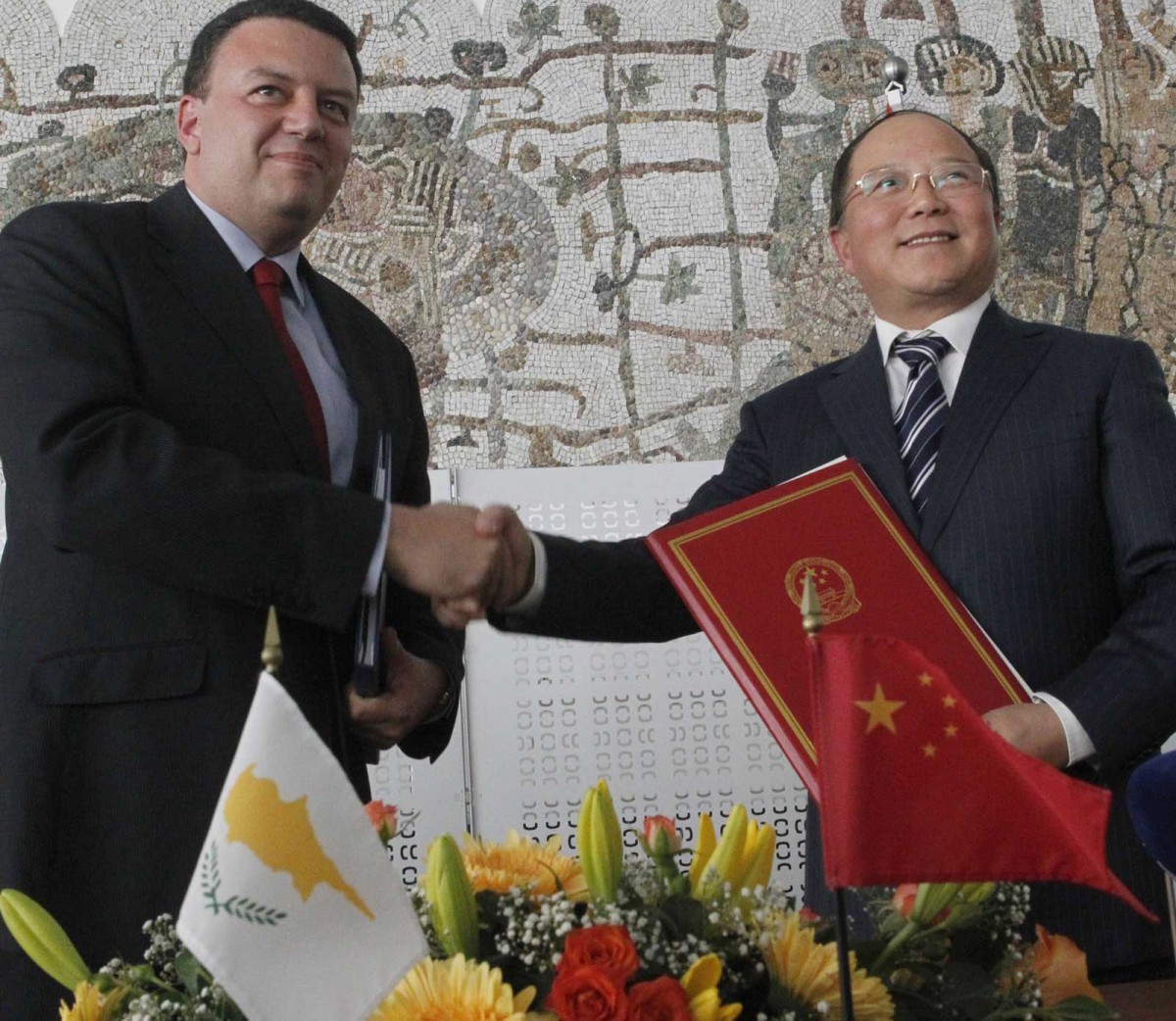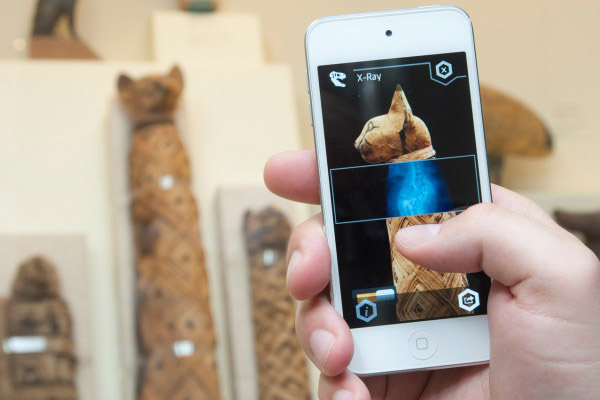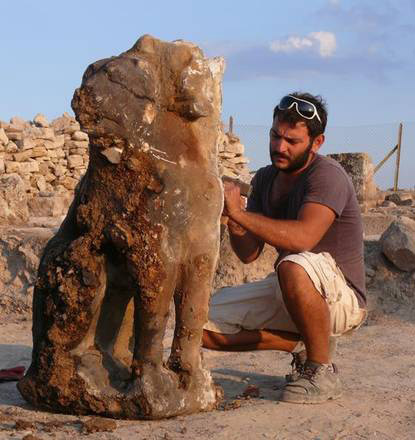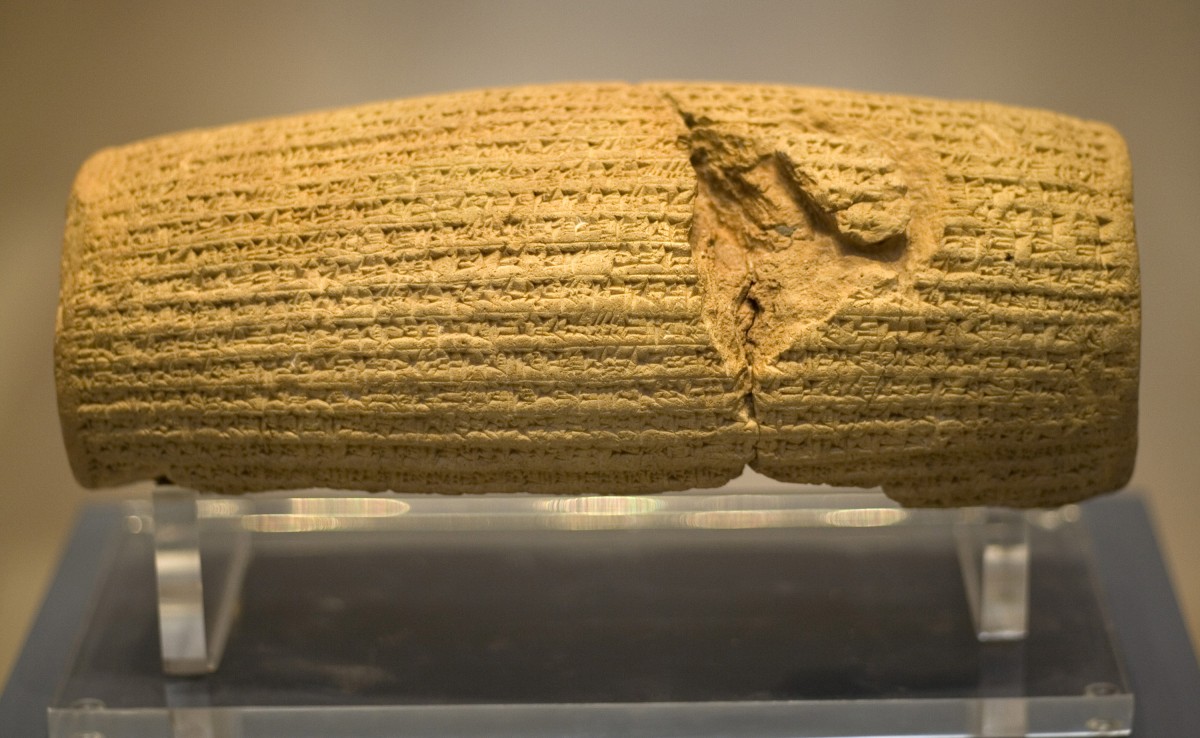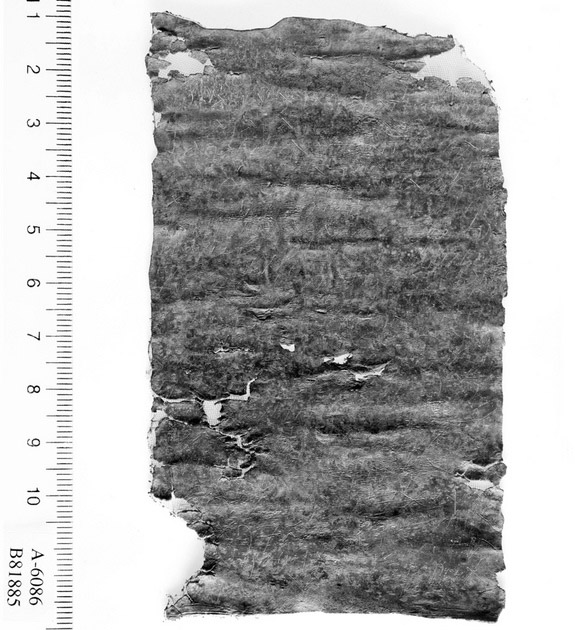Were the beheaded of Flakstad sacrificed slaves?
People buried in double and triple burials might have come from very different strata of society, and slaves could have been offered as grave gifts in these burials.
Solved?
Whether a plausible scenario or just another piece of good media material, the new findings on why Tutankhamun's mummy looks burnt are to be shown on TV for the first time in UK's Channel 4.
The Prastio-Mesorotsos archaeological expedition
The 2013 University of Edinburgh archaeological investigations at the multi-period site of Prastio-Mesorotsos in the Paphos district have been completed.
Lusatian Cemetery Studied near Wągrowiec
Community scientists refer to as the Lusatian culture lived in the basin of the Vistula and Oder rivers, as well in today’s Saxony, Brandenburg, northern Czech Republic and Lusatia.
1,500-year-old Byzantine gold coin unearthed at Chinese tomb
Minted during 491–518 AD, the gold coin was likely used as an amulet or an ornament, rather than as an accepted currency in China.
Protecting Peru’s Ancient Sites
Now in her 50s, Peruvian Ministry of Culture historian Blanca Alva, who is also deaf-mute, has been successfully in charge of protecting ancient sites from tresspassing, sometimes under difficult and dangerous conditions.
Hurrian artifacts in Istanbul break new ground
The traces from the Hurrian civilization, connected somehow with the later Hittites, were found in the Küçükçekmece river basin in the western parts of the city.
500 treasures of Greek antiquity travel to Canada
Over 500 treasures of Greek antiquity will be showcased at the Canadian Museum of Civilization beginning in June 2015 as the Museum presents The Greeks – From Agamemnon to Alexander the Great.
A Motherlode Raised from Blackbeard’s Pirate Ship
Blackbeard is known to have gathered a hodge-podge of cannons from different countries as he equipped his vessel with 40 guns. To date, 29 guns have been located at the shipwreck site near Beaufort.
Ancient Monastery Buried Beneath Thai King’s Tomb in Mandalay
Τhe foundations show the monastery building was about 18 meters wide, while the monastery compound was about five acres.
Designer of the Bayeux Tapestry identified
New research has identified the man who designed the Bayeux Tapestry, one of the most important artworks of the Middle Ages. Historian Howard B. Clarke believes that this was Scolland, the abbot of St.Augustine’s monastery in Canterbury, and that it was made around the year 1075.
Reading ancient climate from plankton shells
Climate changes from millions of years ago are recorded at daily rate in ancient sea shells, new research shows.
Archaeologists and historians to investigate network of Roman ports
The University of Southampton has been awarded €2.49 million (£2.1 million) by the European Research Council to study a large network of Roman ports stretching from Turkey in the east, to Spain in the west.
Naukratis: Greeks in Egypt
How did ancient Egypt shape the development of Greek culture? What was the impact of the encounter with Greece on Egypt? How did these completely different cultures interact?
Cleaning Up Ancient Human DNA
New method for purifying ancient human DNA samples will “substantially increase the number of samples amenable to whole genome sequencing”.
Zahi Hawass: National Geographic’s Baksheesh Boy?
Any US investigation will be focused less on any possible wrongdoing by him but rather by National Geographic with particular reference to the Foreign Corrupt Practices Act which forbids US entities from paying bribes to foreign government to gain an unfair competitive advantage.
Marmaray: the modern Silk Road
The railway tunnel underneath the Bosphorus Strait has been opened in Turkey yesterday, on the 90th anniversary of the Republic of Turkey.
Barrington Atlas Coming to iPads
Princeton University Press announces the launch of the Barrington Atlas of the Greek and Roman World App in the iTunes store on November 21, 2013.
Buddhist carvings in Pakistan said to need protection
Buddhist rock carvings in the Swat district of Pakistan's Khyber Pakhtunkhwa province are fading and they need preservation by the province's Archaeology Department to protect them from vandalism.
Relations between Cyprus and China in the field of Culture strengthened
The Minister of Education and Culture Mr Kyriakos Kenevezos, had a meeting yesterday with the Vice-Minister of Culture and Director General of State Administration for Cultural Heritage of the People's Republic of China, Mr Li Xiaojie.
An app that will change museums?
Visitors using the app can digitally scan, restore, acquire and play with artefacts, all with one click through their smartphone or tablet.
Italians discover Gate to Hell, with Cerberus guarding
The Plutonium was found it thanks to the bodies of some small birds, who appeared to have dropped dead at the mouth of a cave that was spewing deadly carbon dioxide fumes.
October 29, the “Cyrus the Great Day”
The Declaration of Cyrus the Great, emphasizes on the removal of all racial, national discrimination and slavery, bestowing to the people, freedom to choose their places of residence, faith and religion and giving prominence to the perpetual peace amongst the nations.
Ancient Magician’s Curse Tablet Discovered in Jerusalem
The text is written in Greek and, in it a woman named Kyrilla invokes the names of six gods to cast a curse on a man named Iennys, apparently over a legal case.
